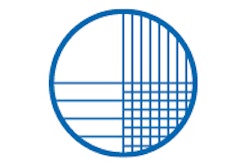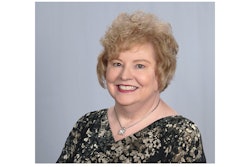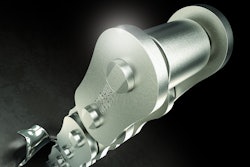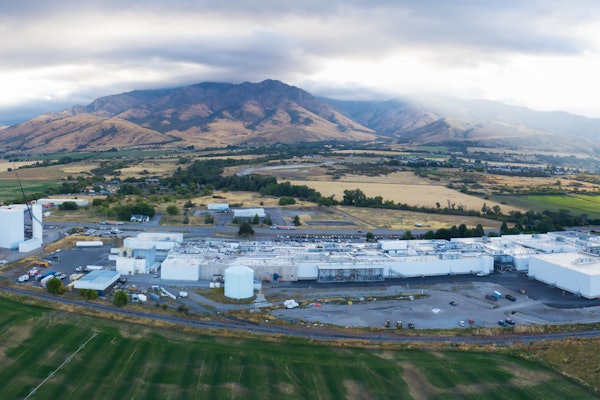I’ve been spending a lot of time with both consumer packaged goods (CPGs) companies and machine builders lately, and there’s a couple of common themes that keep popping up in conversations. First, manufacturers are leaning on their OEM partners more, asking them to be proactive with machine maintenance. Second, these end users want all of the machines on the line to communicate, which puts OEMs more in the position of a systems integrator. And third, manufacturers want to ensure the machines are secure from cyber threats before opening up any channels of communication with the external OEM.
This forthcoming responsibility on OEMs requires a bit of transformation in the way they work. But it’s hard for them to know where to start to establish the trust required to become that strategic partner. After digging a bit deeper into this topic, I discovered a good place to begin is with machine safety. A safe machine should sway some decisions, after all. But, after more research I soon found out that designing an inherently safe machine is not easy—at all.
Ron Bocian, an electrical engineer and risk manager at Urschel Laboratories, Inc., an Indiana-based OEM of food-cutting technology, told me that you can design a machine that is as safe as it can possibly be, but there will always be the fear of the unknown. It’s what Bocian calls reasonable foreseeable misuse. “What’s an operator going to do to get injured that you couldn’t foresee them doing?”
And that’s just one of the many things OEMs have to think about when they are designing a safe, yet flexible, machine. There are considerations around cost, competition, global markets and the ability to provide end users with more efficient systems that can evolve with new consumer demands. And all of this has to be done while meeting requirements from both the U.S. Occupational Safety and Health Administration (OSHA) and Food and Drug Administration (FDA).
“Unfortunately, food safety is contradictory to machine safety,” Bocian says. “Machine safety is about adding interlocks that are creating crevices for bacteria to harbor. They are two competing safety issues. It’s a balancing act.”
On top of that, there are many safety standards and equipment requirements that can leave even savvy machine builders scratching their heads. For example, a robot integrated as part of a packaging machine used in a manufacturing facility will have to follow at least nine standards from the International Organization for Standardization (ISO), the American National Standards Institute (ANSI) and the National Fire Protection Association (NFPA).
In an effort to demystify what can be a confusing endeavor, industry experts recommend starting with a risk assessment comprised of multiple steps: identifying hazards, assessing the risk, reducing risk to an acceptable level, documenting the results, and following up to ensure the machine does what it’s supposed to do. With that in mind, one of the first things an OEM should do is apply the ANSI/PMMI B155.1-2016Safety Requirements for Packaging and Processing Machinery standard, a formal method for identifying hazards and hierarchy of control. The standard specifies terminology, principles and a methodology for achieving safety-by-design.
Back to the idea of “reasonable foreseeable misuse.” Here’s the thing: Trust goes both ways. If OEMs are going to put the work in to comply with safety standards and regulations, then manufacturers must create a safety culture and train operators to follow rules and proper procedure. In other words, no more sticking your hand somewhere it doesn’t belong just because it may make the manufacturing or packaging process flow faster.
So, while machine safety may be the foundation for other areas of development, such as line integration and remote maintenance, it is still considered “risky business,” for the OEM. In reality, it’s not a burden for the OEM to shoulder alone, as safety should be considered everyone’s business.


























